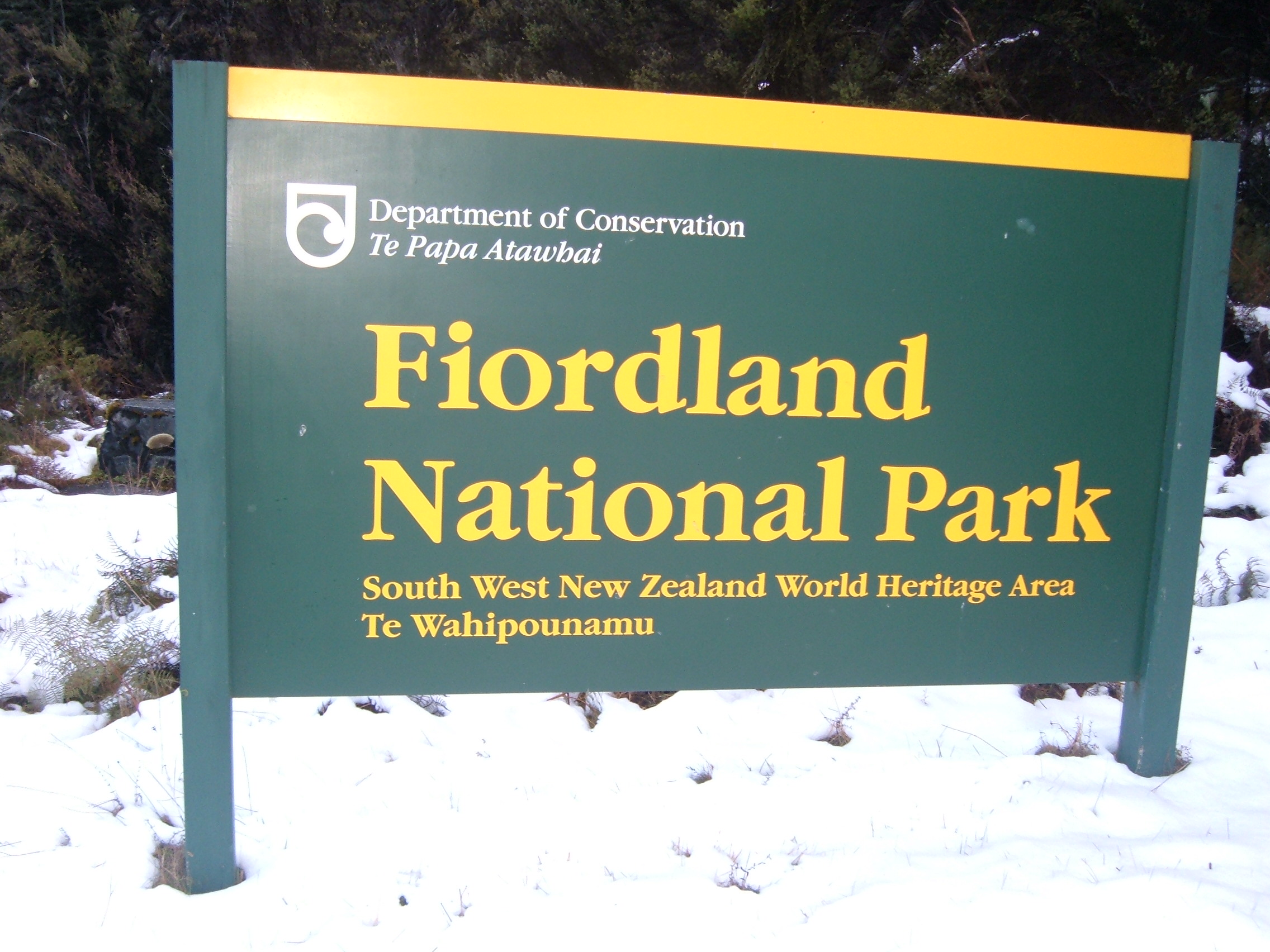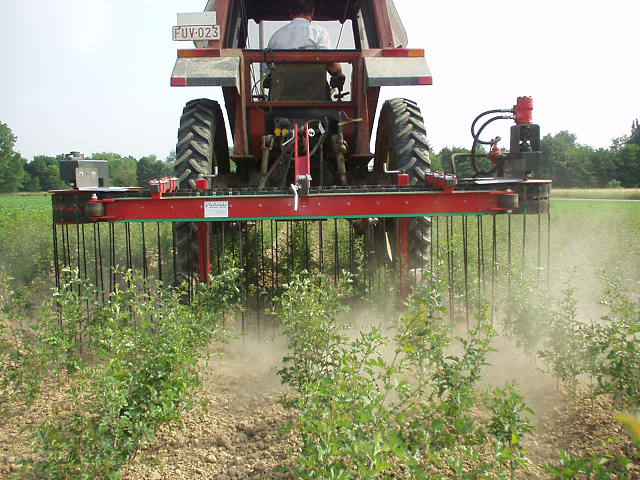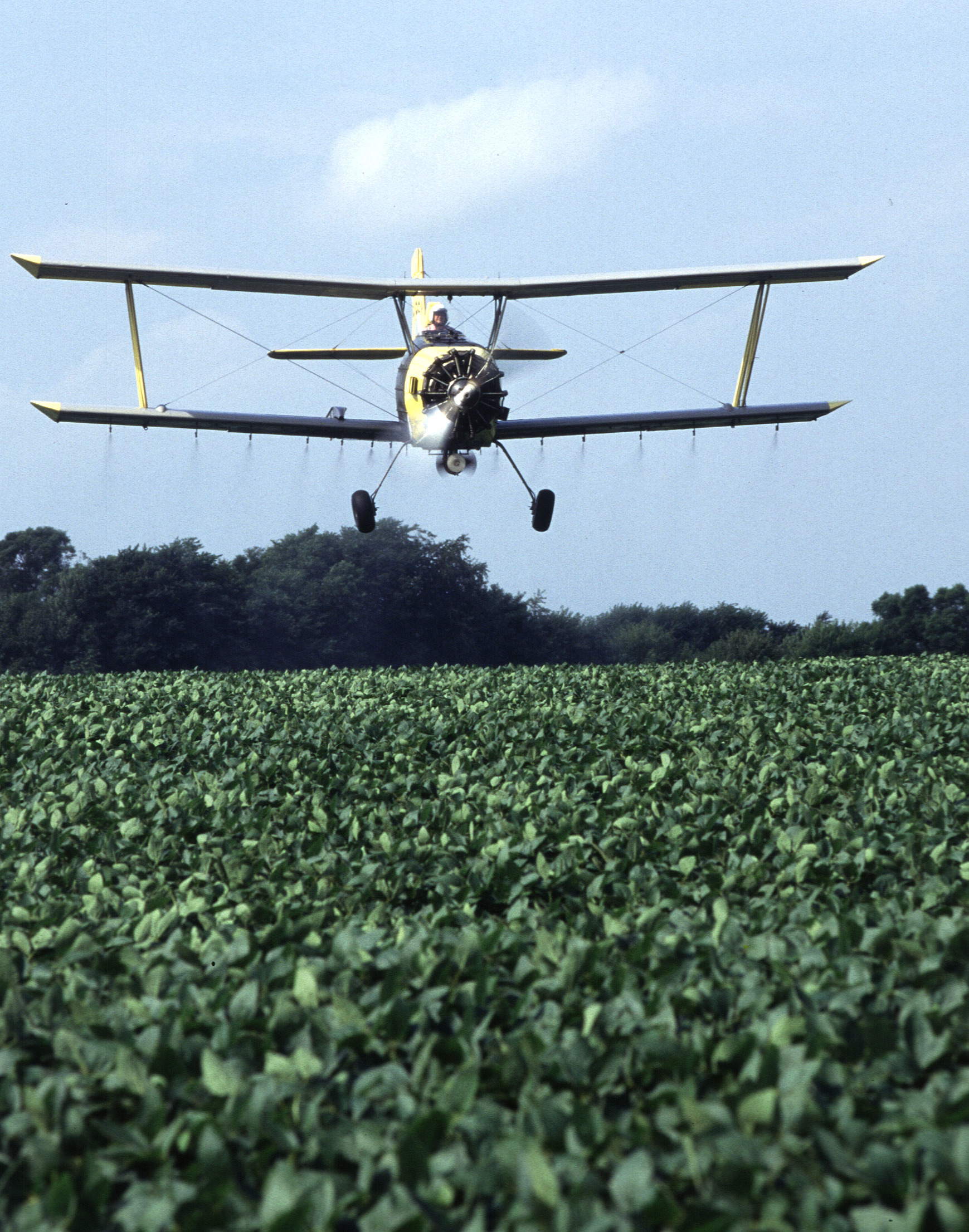|
Department Of Conservation (New Zealand)
The Department of Conservation (DOC; Māori language, Māori: ''Te Papa Atawhai'') is the public service department of New Zealand charged with the conservation of New Zealand's natural and historical heritage. An advisory body, the New Zealand Conservation Authority, New Zealand Conservation Authority (NZCA) is provided to advise DOC and its ministers. In addition there are 15 conservation boards for different areas around the country that provide for interaction between DOC and the public. Functions and history Overview The department was formed on 1 April 1987, as one of several reforms of the public service, when the ''Conservation Act 1987'' was passed to integrate some functions of the Department of Lands and Survey, the New Zealand Forest Service, Forest Service and the New Zealand Wildlife Service, Wildlife Service. This act also set out the majority of the department's responsibilities and roles. As a consequence of Conservation Act all Crown land in New Zealand ... [...More Info...] [...Related Items...] OR: [Wikipedia] [Google] [Baidu] |
Wellington
Wellington is the capital city of New Zealand. It is located at the south-western tip of the North Island, between Cook Strait and the Remutaka Range. Wellington is the third-largest city in New Zealand (second largest in the North Island), and is the administrative centre of the Wellington Region. It is the world's southernmost capital of a sovereign state. Wellington features a temperate maritime climate, and is the world's windiest city by average wind speed. Māori oral tradition tells that Kupe discovered and explored the region in about the 10th century. The area was initially settled by Māori iwi such as Rangitāne and Muaūpoko. The disruptions of the Musket Wars led to them being overwhelmed by northern iwi such as Te Āti Awa by the early 19th century. Wellington's current form was originally designed by Captain William Mein Smith, the first Surveyor General for Edward Wakefield's New Zealand Company, in 1840. Smith's plan included a series of inter ... [...More Info...] [...Related Items...] OR: [Wikipedia] [Google] [Baidu] |
Nature Heritage Fund
The Nature Heritage Fund is a funding body of the New Zealand Government set up in 1990 for the purchase of land which has significant ecological or landscape value. It is administered by the Department of Conservation, but controlled by the Minister of Conservation. It was initially called the Forest Heritage Fund, but the name was changed in 1998 to reflect the need to protect ecosystems other than forests, for example wetlands, tussocklands and shrublands. Funding has declined sharply; while $10m per annum was allocated in the early 2000s, this has reduced to $2m per year in 2016. In its first 25 years, the fund purchased and protected of land, representing 1.3% of New Zealand's land area. The fund was chaired by Di Lucas, a landscape architect from Christchurch Christchurch (; ) is the largest city in the South Island and the List of cities in New Zealand, second-largest city by urban area population in New Zealand. Christchurch has an urban population of , and a me ... [...More Info...] [...Related Items...] OR: [Wikipedia] [Google] [Baidu] |
Radio New Zealand
Radio New Zealand (), commonly known as RNZ or Radio NZ, is a New Zealand public service broadcaster and Crown entity. Established under the Radio New Zealand Act 1995, it operates news and current affairs station, RNZ National, and a classical music and jazz station, RNZ Concert, with full government funding from NZ On Air. Since 2014, the organisation's focus has been to transform from a radio broadcaster to a multimedia outlet, increasing its production of digital content in audio, video, and written forms, utilising rnz.co.nz and the RNZ app. The organisation plays a central role in New Zealand public broadcasting. The New Zealand Parliament fully funds its AM network, used in part for the broadcast of parliamentary proceedings. RNZ has a statutory role under the Civil Defence Emergency Management Act 2002 to act as a "lifeline utility" in emergencies. It is also responsible for an international service, RNZ Pacific, which broadcasts to the South Pacific in both ... [...More Info...] [...Related Items...] OR: [Wikipedia] [Google] [Baidu] |
TVNZ
Television New Zealand (, "Te Reo Tātaki" meaning "The Leading Voice"), more commonly referred to as TVNZ, is a New Zealand state-owned media company and Crown entity. The company operates a television network, streaming service, and news service that is available throughout New Zealand and parts of the Pacific region. All of its currently-operating channels are free-to-air and funded through advertising. TVNZ was established in February 1980 following the merger of the two government-owned television networks, Television One (now TVNZ 1) and South Pacific Television (now TVNZ 2), under a single administration. It was the sole television broadcaster in New Zealand until November 1989 when private channel TV3 (now Three) was launched. TVNZ operates playout services from its Auckland studio via Kordia's fibre and microwave network for TVNZ 1, TVNZ 2 and TVNZ Duke, with new media video services via the American-owned Brightcove which is streamed on the Akamai RTMP/ ... [...More Info...] [...Related Items...] OR: [Wikipedia] [Google] [Baidu] |
1News
1News is the news service of the New Zealand television network TVNZ. Its flagship programme is the daily evening newscast ''1News at Six''; other programmes include morning news-talk show ''Breakfast'', '' Te Karere'', '' Seven Sharp'', and Sunday morning political affairs program '' Q+A''. TVNZ also operates a news website and app, 1News.co.nz. TVNZ's Chief News and Content Officer, Nadia Tolich, was appointed in April 2025. Broadcast from its Auckland studios, 1News' nightly 6pm bulletin is usually New Zealand's most-watched television programme and seen as influential. TVNZ operates bureaus in Auckland, Wellington and Christchurch and has foreign correspondents based in Australia, Europe and the United States. History Television news in New Zealand started in 1960 with the introduction of television. These bulletins were broadcast from New Zealand's four main cities (Auckland, Wellington, Christchurch and Dunedin) operating independently of each other due to technical ... [...More Info...] [...Related Items...] OR: [Wikipedia] [Google] [Baidu] |
National Cycleway Project
The New Zealand Cycle Trail project ( Māori: ''Nga Haerenga'', "The Journeys") is a New Zealand government initiative, co-funded together with local councils and charitable trusts, which is to build and operate a network of cycle routes through the country. As of mid-2011, the first of 18 proposed 'Great Rides' (dedicated cycleways, mostly off-road and in particularly scenic locations) were being finished, while construction was ongoing on most of the others. The first set of 'Touring Routes' (mostly on-road, to connect Great Rides), had also been announced. At the end of 2013, with the initial $50 million (plus local co-funding) essentially all spent or allocated, about 19 routes were expected to be in operation. By 2016, when added funding was announced, the total route length was about . The addition of Whakarewarewa Forest Loop in 2022 brought the total number of 'Great Rides' to 23, covering , ranging from the Roxburgh Gorge Trail to the Alps 2 Ocean Cycle Trail. His ... [...More Info...] [...Related Items...] OR: [Wikipedia] [Google] [Baidu] |
Common Brushtail Possum (New Zealand)
The common brushtail possum (''Trichosurus vulpecula'') was introduced from Australia to New Zealand, where it has become Invasive species, invasive and a major agriculture in New Zealand, agricultural and conservation in New Zealand, conservation pest. In Māori language, Māori it is called ''paihamu'', a transliteration of "possum". Introduction by European settlers European settlers aiming to establish a wild source for food and fibre and fur pelts for clothing introduced species, introduced the common brushtail possum from Australia (from Victorian and Tasmanian populations) to New Zealand in the 1850s. Even as late as 1936 the government refused Taranaki Acclimatisation societies in New Zealand, Acclimatisation Society permission to introduce a new strain of possums and in 1937 the Waitaki District, Waitaki Acclimatisation Society proposed a closed season to allow numbers to recover. The earliest introduction may have been at Riverton, New Zealand, Riverton / Aparima in ... [...More Info...] [...Related Items...] OR: [Wikipedia] [Google] [Baidu] |
Marine (ocean)
The ocean is the body of salt water that covers approximately 70.8% of Earth. The ocean is conventionally divided into large bodies of water, which are also referred to as ''oceans'' (the Pacific, Atlantic, Indian, Antarctic/Southern, and Arctic Ocean),"Ocean." ''Merriam-Webster.com Dictionary'', Merriam-Webster, https://www.merriam-webster.com/dictionary/ocean . Accessed March 14, 2021. and are themselves mostly divided into seas, gulfs and subsequent bodies of water. The ocean contains 97% of [...More Info...] [...Related Items...] OR: [Wikipedia] [Google] [Baidu] |
Environmental Restoration
Ecological restoration, or ecosystem restoration, is the process of assisting the recovery of an ecosystem that has been degraded, damaged, destroyed or transformed. It is distinct from conservation in that it attempts to retroactively repair already damaged ecosystems rather than take preventative measures. Ecological restoration can help to reverse biodiversity loss, combat climate change, support the provision of ecosystem services and support local economies. The United Nations has named 2021–2030 the Decade on Ecosystem Restoration. Habitat restoration involves the deliberate rehabilitation of a specific area to reestablish a functional ecosystem. This may differ from historical baselines (the ecosystem's original condition at a particular point in time). To achieve successful habitat restoration, it is essential to understand the life cycles and interactions of species, as well as the essential elements such as food, water, nutrients, space, and shelter needed to supp ... [...More Info...] [...Related Items...] OR: [Wikipedia] [Google] [Baidu] |
Weed Control
Weed control is a type of pest control, which attempts to stop or reduce growth of weeds, especially noxious weeds, with the aim of reducing their competition with desired flora and fauna including domesticated plants and livestock, and in natural settings preventing non native species competing with native species. Weed control is important in agriculture. Methods include hand cultivation with hoe (tool), hoes, powered cultivation with cultivators, smothering with mulch, lethal wilting with high heat, burning, and Benthiocarb, chemical control with herbicides (weed killers). Need for control Weeds compete with productive crops or pasture. They can be poisonous, distasteful, produce burrs, thorns, or otherwise interfere with the use and management of desirable plants by contaminating harvests or interfering with livestock. Weeds compete with crops for space, nutrients, water and light. Smaller, slower growing seedlings are more susceptible than those that are larger and more ... [...More Info...] [...Related Items...] OR: [Wikipedia] [Google] [Baidu] |
Pest Control
Pest control is the regulation or management of a species defined as a pest (organism), pest; such as any animal, plant or fungus that impacts adversely on human activities or environment. The human response depends on the importance of the damage done and will range from tolerance, through deterrence and management, to attempts to completely eradicate the pest. Pest control measures may be performed as part of an integrated pest management strategy. In agriculture, pests are kept at bay by Mechanical pest control, mechanical, tillage, cultural, pesticide, chemical and biological pest control , biological means. Ploughing and cultivation of the soil before sowing mitigate the pest burden, and crop rotation helps to reduce the build-up of a certain pest species. Concern about environment means limiting the use of pesticides in favour of other methods. This can be achieved by monitoring the crop, only applying Pesticide, pesticides when necessary, and by growing Variety (botany), ... [...More Info...] [...Related Items...] OR: [Wikipedia] [Google] [Baidu] |
Threatened Species
A threatened species is any species (including animals, plants and fungi) which is vulnerable to extinction in the near future. Species that are threatened are sometimes characterised by the population dynamics measure of ''critical depensation'', a mathematical measure of biomass related to population growth rate. This quantitative metric is one method of evaluating the degree of endangerment without direct reference to human activity. IUCN definition The International Union for Conservation of Nature (IUCN) is the foremost authority on threatened species, and treats threatened species not as a single category, but as a group of three categories, depending on the degree to which they are threatened: *Vulnerable species *Endangered species *Critically endangered species Less-than-threatened categories are near threatened, least concern, and the no longer assigned category of conservation dependent. Species that have not been evaluated (NE), or do not have sufficient data ( ... [...More Info...] [...Related Items...] OR: [Wikipedia] [Google] [Baidu] |






